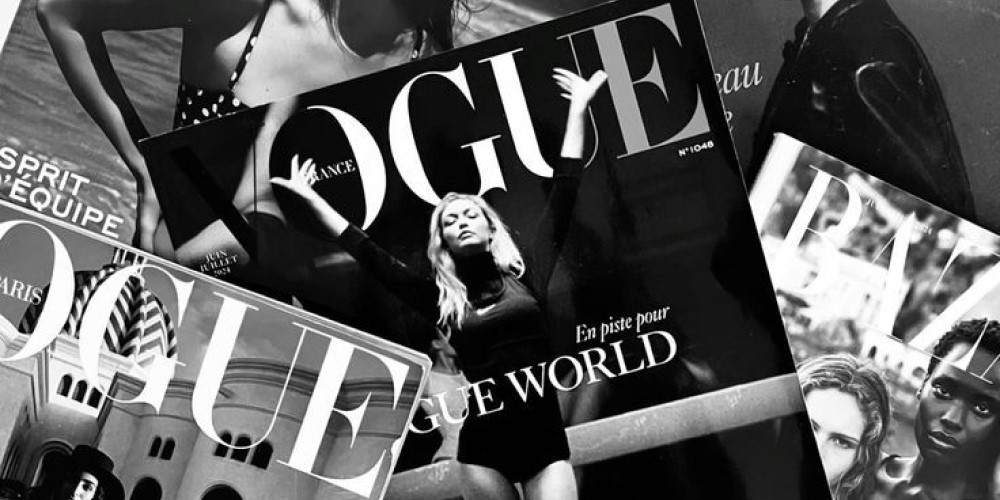Media Relations in PR: The Backbone of Successful Publicity
In today’s complex communications landscape, media relations serve as the foundation for any successful public relations (PR) strategy, particularly for brands in high-end sectors such as beauty, fashion, hospitality, and art. Media relations are more than just getting coverage—they are about building relationships with journalists, editors, influencers, and media platforms to create mutual respect and education, ensuring that both sides benefit from the collaboration.
A key understanding in media relations is that journalists and editors are not mere representatives of media titles; their personal brand equity matters just as much as the organizations they represent. Investing in educating and nurturing these relationships helps create long-term partnerships that drive impactful coverage for your brand.
1. What Are Media Relations?

At its core, media relations involve managing communication between your brand and media outlets. This includes:
- Engaging with journalists, editors, and bloggers to tell your brand’s story.
- Ensuring that the coverage you receive is accurate, aligned, and credible.
- Developing an understanding of how different media platforms speak to distinct audiences.
For example, if you’re working in the luxury hospitality industry, a single well-placed article in a prestigious publication like CNT can deliver far more brand value than a series of paid advertisements.
2. Why Are Media Relations Crucial?
Credibility Through Third-Party Validation
Editorial content is inherently more trusted than advertisements. A positive review or feature in a respected publication acts as third-party validation for your brand. For instance, a luxury beauty brand launching a new product line would benefit immensely from a feature in or Allure, where editorial integrity boosts the product's credibility.

Tailored Messaging for Maximum Impact
Media relations allow for careful placement of brand messages in outlets that reach your target audience. For instance, a sustainable fashion brand would want to reach not only fashion enthusiasts but also those interested in environmental consciousness. By placing features in both Vogue and Ethical Consumer, you amplify your reach without diluting the core message.
Thought Leadership
Building media relations isn’t just about securing coverage—it’s about establishing your brand as a thought leader. Positioning your executives or brand spokespeople as industry experts through op-eds, guest columns, and expert commentary in key outlets can significantly elevate your brand’s authority in the marketplace. For instance, a beauty brand’s CEO contributing insights on "clean beauty trends" to the Business of Fashion could position the brand as an expert, fostering long-term trust.
3. Digital vs. Traditional Media

Digital Media Relations
In the digital age, engaging with online platforms, influencers, and blogs offers immediacy and global reach. Digital media allows you to:
- Reach niche audiences quickly through influencers and bloggers.
- Generate real-time engagement through social media. For example, a jewellery brand collaborating with YouTube influencers for product unboxing videos can create instant buzz and social media virality.
Traditional Media Relations
On the flip side, traditional media—such as print magazines, TV, and newspapers—still hold immense authority, particularly for high-end brands. A feature in Midday or a segment on Hindu provides legitimacy and gravitas that digital platforms may not always replicate. High-end consumers still view these platforms as prestigious and exclusive.
4. Building Relationships: Mutual Respect and Long-Term Investment
Educating Journalists
A key aspect of successful media relations is educating editors and journalists. PR professionals must invest in helping the media understand the brand’s narrative, values, and unique selling propositions. Journalists, in their individual capacities, appreciate when PR professionals take the time to explain why a story matters—building trust and mutual respect.
Personal Brand Equity
As much as a journalist represents their media title, their personal brand matters too. When reaching out to a journalist, it’s crucial to tailor the pitch to align with their personal interests and previous work. For instance, a pitch to a lifestyle journalist who has written extensively about sustainable fashion should emphasize the eco-conscious aspects of your brand's new collection.
5. Crafting the Perfect Pitch

The art of pitching is at the heart of media relations. Your pitch should be concise, personalized, and relevant. Avoid generic, one-size-fits-all pitches. Instead:
- Segment your audience: A beauty magazine might want to know about the latest skincare trends, while a luxury lifestyle outlet might be more interested in the design and craftsmanship of your packaging.
- Personalize your outreach: Reference a journalist’s past work, their beat, or interests to show that you’ve done your homework.
6. Crisis Communication: Leveraging Strong Media Relations
In times of crisis, your established media relationships become your greatest asset. Being proactive, transparent, and quick to respond ensures that your brand’s narrative reaches the public in a balanced manner. Strong relationships with trusted journalists mean you’ll get fair, accurate coverage during a crisis.
7. Measuring Success

The success of a media relations strategy isn’t measured solely by the volume of coverage but by its quality, reach, and impact. Metrics such as:
- Earned Media Value (EMV): Helps assign value to editorial coverage.
- Audience Engagement and Feedback: Monitor social media interactions, web traffic spikes, and sentiment to gauge the success of your media efforts.
Conclusion
Media relations are the lifeblood of any high-end PR strategy. By focusing on mutual respect, education, and personalized engagement with journalists, PR professionals can elevate their brands to new heights, ensuring long-term visibility and credibility.

